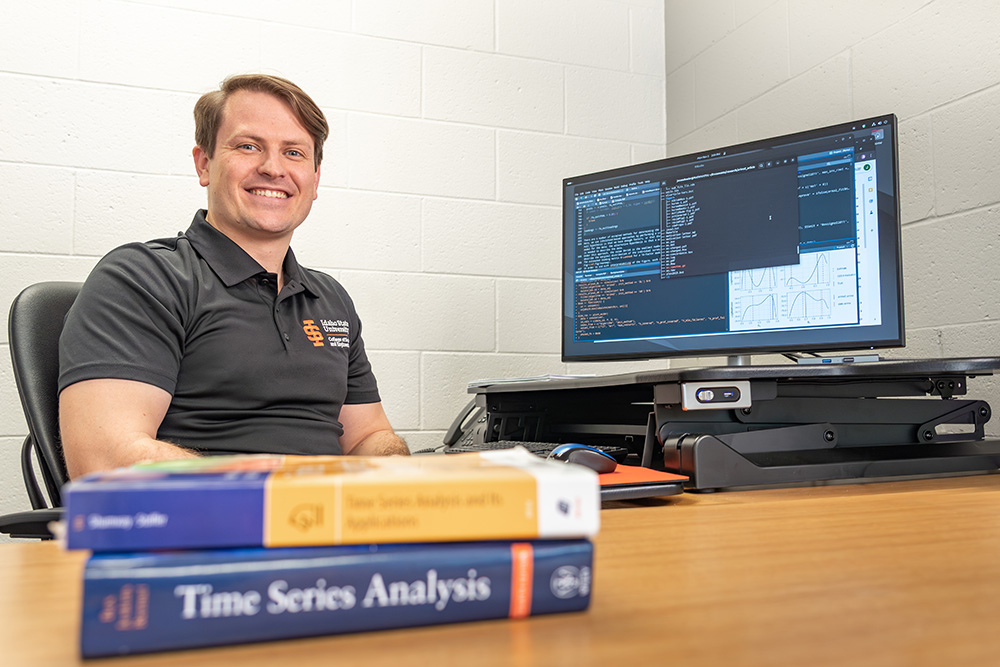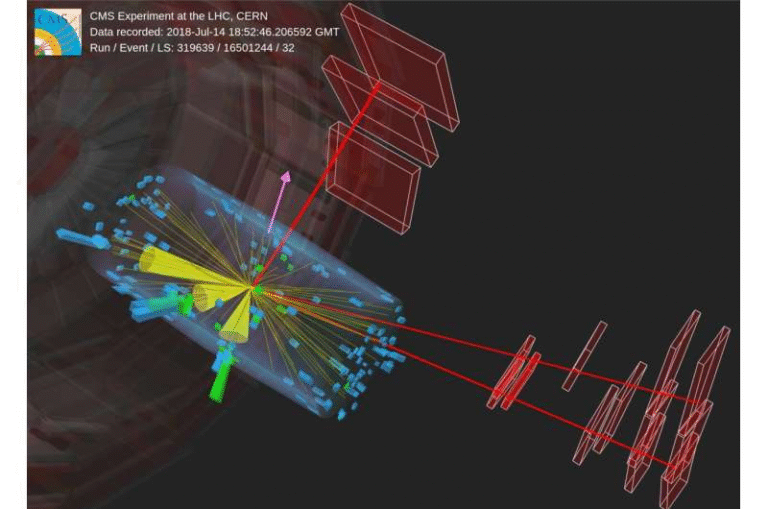Popular ARIMA Software Tools May Be Producing Faulty Forecasts, New Research Warns

A new study is raising eyebrows in the world of time-series forecasting, suggesting that some of the most widely used statistical tools may be delivering incorrect parameter estimates far more often than practitioners realize. This finding matters because those estimates sit at the heart of forecasting models used across economics, ecology, health care, climate analysis, and countless other fields.
The study, conducted by Jesse Wheeler of Idaho State University and Edward Ionides of the University of Michigan, closely examines how common software environments compute estimates for ARIMA and ARMA models. Their conclusion: the algorithms powering these standard tools sometimes fail to properly optimize the model during maximum likelihood estimation, resulting in unreliable outputs that could skew forecasts and scientific interpretations.
Their research does something important—it doesn’t just point out the problem. It also offers a solution, proposing a new algorithm designed to overcome the optimization issues found in traditional implementations.
Below is a clear and detailed breakdown of what the study found, why it matters, and what readers should understand about ARIMA models more broadly.
What the Researchers Discovered
Wheeler and Ionides investigated how ARMA and ARIMA models are estimated in two of the most commonly used software environments (the paper discusses them broadly, though typical examples include R’s built-in ARIMA functions and Python’s statsmodels library). These tools rely on maximum likelihood estimation to fit parameters to time-series data.
The surprising discovery: the optimization routines frequently fail to reach the true maximum likelihood, even though they report that optimization has succeeded. In some scenarios, the authors observed failure rates as high as 60%, meaning the software ended up stuck at a suboptimal point during estimation.
This isn’t a small detail. When an ARIMA model doesn’t reach the correct likelihood:
- It produces substandard parameter estimates
- Those faulty estimates can distort forecasts
- Confidence intervals become less reliable
- Any downstream statistical analysis that depends on accurate parameters can also be affected
The researchers likened it to using a calculator that sometimes claims 2 + 2 = 3. When analysts rely on these software tools with high trust—as most of us do—they expect correctness, or at least extremely high reliability. But this study demonstrates that the default methods used in popular software aren’t always as dependable as believed.
Why the Problem Happens
Maximum likelihood estimation for ARMA and ARIMA models is notoriously challenging because the likelihood surface can be rugged, featuring multiple local optima. Many software packages use methods that attempt to optimize from a single starting point. If the algorithm begins in a bad region of the likelihood landscape, it may stop prematurely, believing it has found the best possible solution—when it hasn’t.
The issue is not due to coding errors in the software but rather the complexity of the optimization problem itself combined with simplifications made in automated routines to keep estimation fast and user-friendly.
Unfortunately, users generally have no idea that this has occurred. They rely on the output, unaware that the estimated parameters may be off.
The Fix Proposed by the Researchers
Rather than simply diagnosing the problem, Wheeler and Ionides proposed and implemented a new optimization strategy. Their improved algorithm uses enhanced optimization steps that avoid the pitfalls of standard routines. Their approach, which they demonstrated in R, is designed to:
- Achieve better fits
- More reliably maximize the likelihood
- Produce superior confidence intervals through improved inference
- Reduce the chance of convergence to misleading solutions
Their method also focuses on constructing confidence intervals via profile likelihood, which tends to offer better coverage properties than the conventional intervals based on the Fisher information matrix.
Thankfully, the solution is practical. The authors show that improved results can be achieved using available methods, without requiring exotic machinery or impossible amounts of computing power.
Why This Matters for Practitioners
If you use ARIMA or ARMA models for forecasting—even if only as a baseline model—you should be aware of these findings. Here’s why:
- A suboptimal parameter estimate may not “look wrong.”
It might still generate reasonable predictions, but they won’t be as accurate as they could be. - Forecast-dependent decisions could be affected.
This is especially concerning in fields like finance, epidemiology, and environmental science. - Many researchers rely on standard software defaults without realizing the optimization may not have fully succeeded.
- Improved optimization could have large real-world impacts.
Even small differences in estimates can change forecasts or the interpretation of trends.
This is particularly relevant because ARIMA models are widely taught as one of the first time-series models students encounter. Their simplicity is part of the appeal. But this research suggests that students, educators, and practitioners should be more aware of optimization pitfalls.
Understanding ARIMA Models: A Quick Refresher
Since ARIMA models are central to the study, here’s a brief overview for readers who want additional context.
What ARIMA Models Do
ARIMA stands for Autoregressive Integrated Moving Average. These models work by relating the current value of a time-series to:
- Its own past values (autoregressive part)
- Past errors or shocks (moving average part)
- Differences between observations (integrated/differenced part) to handle trends
They’re widely used because they’re:
- Flexible
- Well-studied
- Good at capturing linear time-series structure
- Useful for short- to medium-term forecasting
Where ARIMA Is Commonly Used
You’ll find these models in:
- Economic indicators
- Financial price series
- Weather and climate data
- Ecological counts (like animal populations)
- Healthcare demand modeling
- Supply chain forecasting
Because of their ubiquity, even small flaws in the estimation process can ripple across many disciplines.
Why Maximum Likelihood Estimation Is Tricky for ARIMA
MLE is considered a gold-standard method for parameter estimation because it aims to find the parameters that make the observed data most probable under the model. But ARIMA models have several characteristics that complicate MLE:
- Nonlinear likelihood surfaces
These can trap optimizers in local maxima. - Sensitivity to starting values
A bad starting point can derail the optimization. - Interdependence between parameters
AR and MA components interact in nontrivial ways. - Boundary issues
Certain parameter configurations lie on the edge of allowable regions, confusing optimizers.
The new study demonstrates that these issues affect software more often than expected, underscoring the need for improved or more robust algorithms.
How Researchers and Developers Might Respond
This study could encourage:
- Software maintainers to adopt better default optimization strategies
- Researchers to check their fits more critically
- Educators to teach diagnostics and multiple-start optimization methods
- Practitioners to use profile likelihood intervals rather than relying solely on standard errors
Ultimately, the work of Wheeler and Ionides highlights the importance of understanding not just the theory behind a model but also the computational tools used to fit it.
Final Thoughts
This research acts as a reminder that modeling—especially time-series modeling—is as much about computation as it is about theory. Even established tools can hide weaknesses that only come to light through deep investigation. By identifying these flaws and proposing better solutions, the authors have strengthened the foundation for forecasting and statistical inference across multiple fields.
Research Paper:
Revisiting inference for ARMA models: Improved fits and superior confidence intervals
https://journals.plos.org/plosone/article?id=10.1371/journal.pone.0333993





